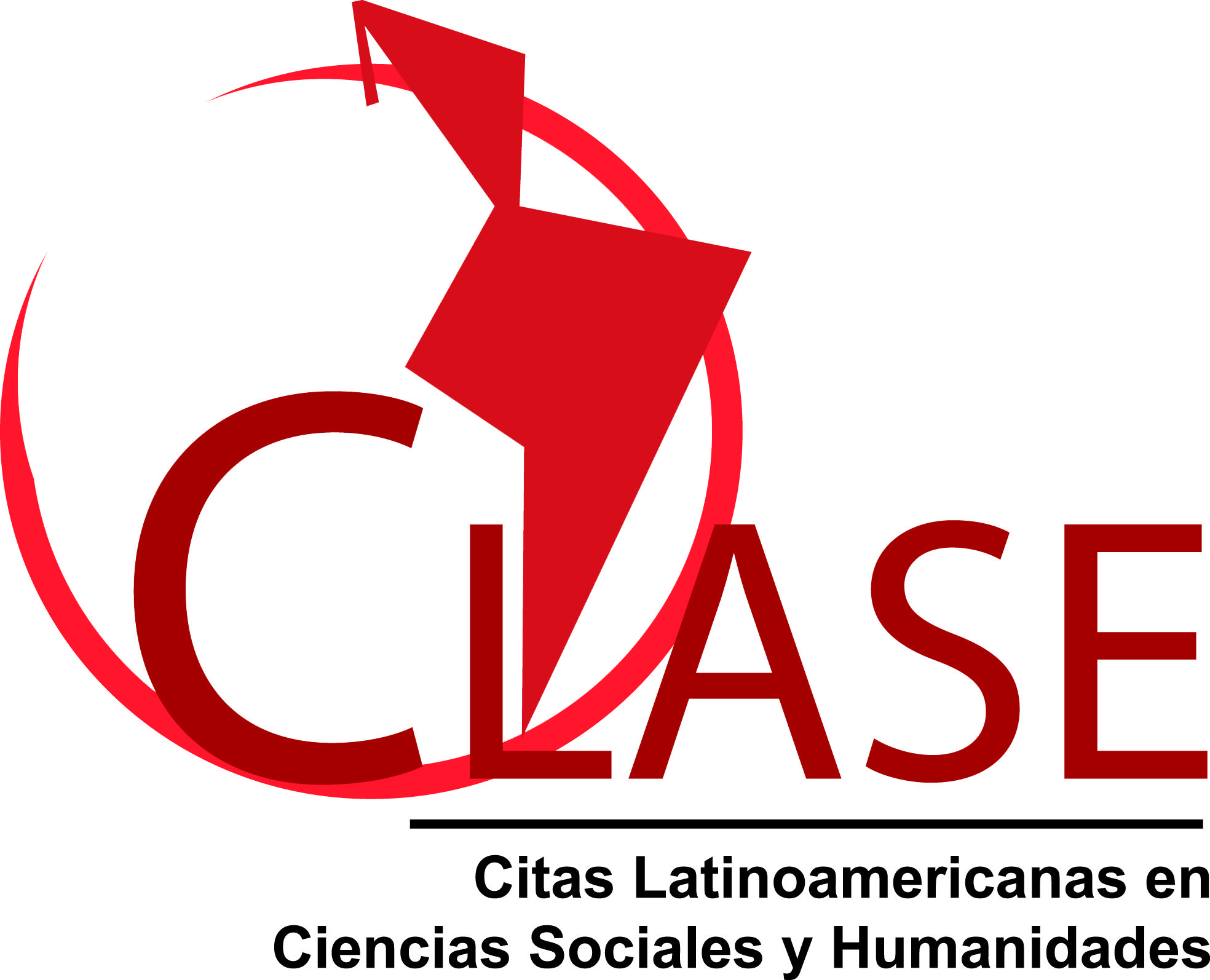Eradication of gender violence: dream or reality of deep Latin America
DOI:
https://doi.org/10.29059/rdycsv.v7i2.220Keywords:
Gender violence, violence against women, femicide, Latin America and the CaribbeanAbstract
To the historical subordination of women, to all forms of discrimination and violence, to unequal wages, to systematic domestic abuse, and to limited access to the political arena, humanity must shamefully add the phenomenon that cuts short the lives of thousands of women and girls in the desire to subjugate and dominate their bodies. Gender violence is the leading cause of death among women in Latin America and the Caribbean between the ages of 15 and 44. Its structural causes are inequality, patriarchy, machismo, discrimination, and the historical subordination of women, which has its origins in historically unequal relations between men and women, in power relations, and in deep gender gaps. It must be understood as a systematic violence that takes various forms and is present in all spheres of society. At the same time, it constitutes a serious violation of human rights and fundamental freedoms, and a long-standing structural problem, the most extreme manifestation of which is femicide, along with other negative factors that contribute to the worsening inequality of women and their status as nobles around the world.
References
Comisión Económica para América Latina y el Caribe. (2023). Poner fin a la violencia contra las mujeres y las niñas y al feminicidio: reto clave para la construcción de la sociedad del cuidado, violencia feminicida en cifras: América Latina y el Caribe, N 1. https://www.cepal.org/sites/default/files/infographic/files/c2300197_boletin_1_violencia_esp_web.pdf
Haraway, D. (2019). Seguir con el problema. https://www.waldhuter.com.ar/Papel/9788416205417/Seguir+con+el+problema
Oficina de las Naciones Unidas contra la Droga y el Delito (UNODC). (2014). 437.000 personas asesinadas en todo el mundo en 2012, según un nuevo estudio de la Oficina de Naciones Unidas contra la Droga y el Delito (UNODC). https://www.unodc.org/documents/gsh/pdfs/GSH_Press_release_-_SP.pdf
Oficina Regional para América Central del Alto Comisionado de las Naciones Unidas para los Derechos Humanos y Oficina Regional para las Américas y el Caribe de la Entidad de las Naciones Unidas para la Igualdad de Género y el Empoderamiento de las Mujeres. (2014). Modelo de protocolo latinoamericano de investigación de las muertes violentas de mujeres por razones de género (femicidio/feminicidio). https://www.unwomen.org/sites/default/files/Headquarters/Attachments/Sections/Library/Publications/2014/Modelo%20de%20protocolo.pdf
Organización de las Naciones Unidas. (1993). Declaración sobre la Eliminación de la Violencia contra la Mujer: Resolución de la Asamblea General 48/104 del 20 de diciembre de 1993. https://www.refworld.org/es/leg/resol/agonu/1993/es/10685
Organización de las Naciones Unidas. (2014). Informe de la Relatora Especial sobre la violencia contra la mujer sus causas y consecuencias, Rashida Manjoo. https://www.acnur.org/fileadmin/Documentos/BDL/2014/9775.pdf

Published
How to Cite
Issue
Section
License
Copyright (c) 2025 Universidad Autónoma de Tamaulipas

This work is licensed under a Creative Commons Attribution-NonCommercial-ShareAlike 4.0 International License.
Accepted 2025-06-03
Published 2025-06-30







